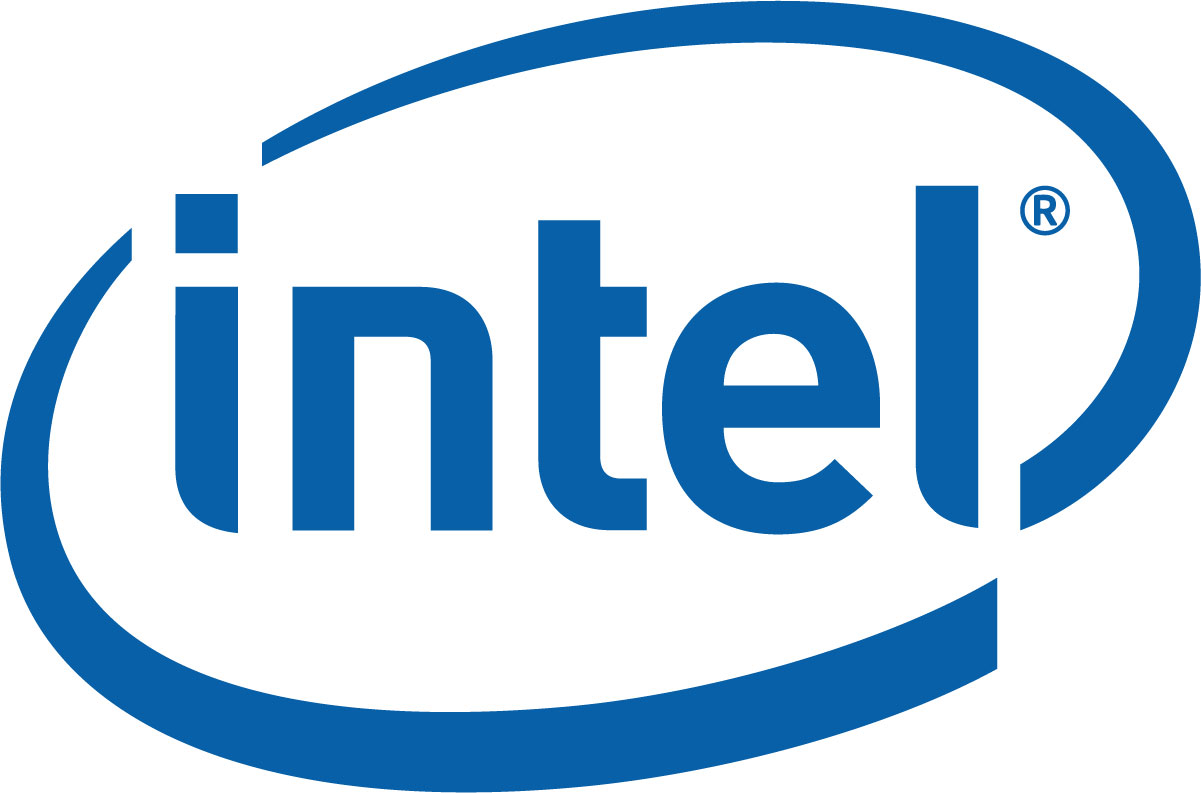Intel Announces Clover Trail+ for Smartphones & Tablets
Intel's latest generation of Atom CPUs is expected to deliver groundbreaking performance and low power consumption
The new dual core Atom SoC (formerly known as Clover Trail+) is based on a 32 nm chip, features support for Hyper-Threading and will initially be available in three variants boasting clock rates of 2.0 GHz (Z2580), 1.6 GHz (Z2560) and 1.2 GHz (Z2520). Intel claims that the new chips will offer double the computing power and 3 times the graphics capabilities when compared to the Atom Z2460 platform.
Intel also expects the chip to deliver full 1080P hardware-accelerated video encode and decode at 30 fps, support for two cameras with panorama capture, 15 fps burst photography and mobile HDR with de-ghosting for clearer photos. The Atom SoC is compatible with displays of up to 1900 x 1200 (WUXGA), Android 4.2 Jelly Bean, Intel Wireless Display, HSPA+ at 42 MBps (with an Intel XMM6360 Modem) and the UltraViolet Common File Format.
Lenovo, Asus and ZTE have all announced plans to use the Atom SoC in 2013 and the former company has in fact announced that its upcoming IdeaPhone K900 will feature a Z2580 and the world's first 5.5" full high-definifition screen with a pixel density of 400+ PPI.
Considering that the company gas yet to make a deep impact in the mobile sphere, it will be interesting to see how this generation of Atom chips fare.
For more on these new chips, check out our analysis.
Contact Us for News Tips, Corrections and Feedback
Get Tom's Hardware's best news and in-depth reviews, straight to your inbox.
Tarun Iyer was a contributor for Tom's Hardware who wrote news covering a wide range of technology topics, including processors, graphics cards, cooling systems, and computer peripherals. He also covered tech trends such as the development of adaptive all-in-one PCs.
-
saturnus meh... will probably find it's way into some low/mid-range products but I doubt that mediocre spec'ed chip made on a out-dated 32nm process will make any splash in the market.Reply
A couple more generations and a more modern production technology and Intel might have a viable product. -
Thunderfox Unless the devices in question are running Windows, I can't imagine why anyone would be interested in them, at least until Intel takes a sizable performance lead. If ever.Reply -
tomfreak double the core but still base on 32nm, wheres the atom biggest problem is not performance but power consumption.Reply -
kartu I'm not sure about you guys, maybe some do video encoding or some SETI calculations, but the most frequent operation I do with my phone (besides, ahem, talking) is CHARGING it (first Galaxy S). And oh eh, occasionally I use Opera browser, Skype, google mail, maps app. None of the mentioned would improve much from "mear powa!!!"Reply
So who is looking for "OMG OMG MOAR POWAAAAR!!!" in smartphones, please show up and explain, what on earth are you doing with it. -
saturnus kartuSo who is looking for "OMG OMG MOAR POWAAAAR!!!" in smartphones, please show up and explain, what on earth are you doing with it.Reply
“640K ought to be enough for anybody.” -Bill Gates (1981)
-
kartu saturnus“640K ought to be enough for anybody.” -Bill Gates (1981)And for the time it was.Reply
So which mega-duper-power-hungry-apps do you anticipate to use it with, so that "moar powaaar!" makes sense? -
southernshark Considering that the company gas yet to make a deep impact in the mobile sphere, it will be interesting to see how this generation of Atom chips fare.Reply -
irish_adam saturnus“640K ought to be enough for anybody.” -Bill Gates (1981)Reply
i think the clue there is in the year, i doubt you'll be using the same phone for 30 odd years. Its like ram atm, i could put 32gb of ram in my gaming rig if i wanted to but whats the point? i mean there is nothing at all that i do that would use all that at this time, maybe in like 4 or 5 years but by then i will have already upgraded (hopefully to DDR4 or w/e) Phones are the same, by the time that apps come out that use all that new power i will have already upgraded my phone. I still have a galaxy S which i use as my business phone and tbh i still havent found an app or anything that doesnt still work on it and its got ot be like 2 years old -
teh_chem Why do people care that this is on a 32-nm process vs. a smaller process? That doesn't make it inherently bad, and power-consumption is relative. What's to say a 32-nm based mobile Atom is less power-efficient than, say, a Tegra-based or Qualcomm-based system for how it's intended to be used? I'm not saying that the Atoms do not have power-consumption issues, but might it be a good idea to just wait and see?Reply
kartuI'm not sure about you guys, maybe some do video encoding or some SETI calculations, but the most frequent operation I do with my phone (besides, ahem, talking) is CHARGING it (first Galaxy S). And oh eh, occasionally I use Opera browser, Skype, google mail, maps app. None of the mentioned would improve much from "mear powa!!!"So who is looking for "OMG OMG MOAR POWAAAAR!!!" in smartphones, please show up and explain, what on earth are you doing with it.Because without pushing the hardware, the software won't advance. Would you rather be lugging around a cellular brick from the '80's?
saturnus“640K ought to be enough for anybody.” -Bill Gates (1981)This must be the most incorrectly-used and incorrectly-quoted statement. Gates never said that, nor did he ever imply it. In fact, Gates often voiced opposition to the low amount of RAM that the systems at the time supported, and advocated for a larger RAM support for the chipsets.
